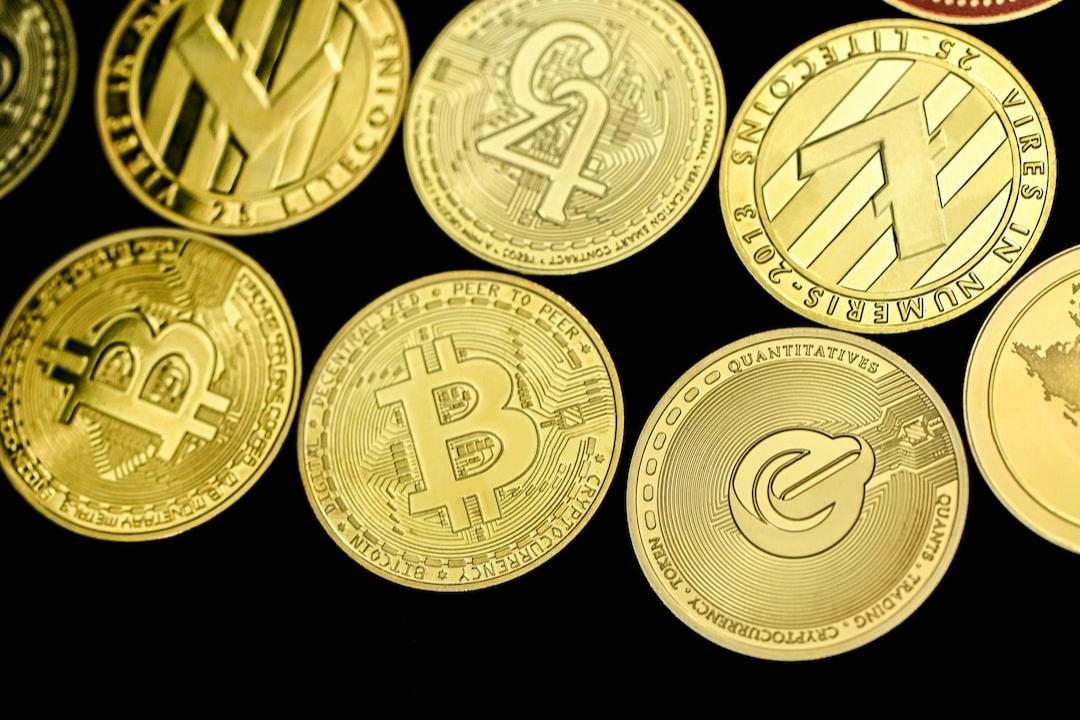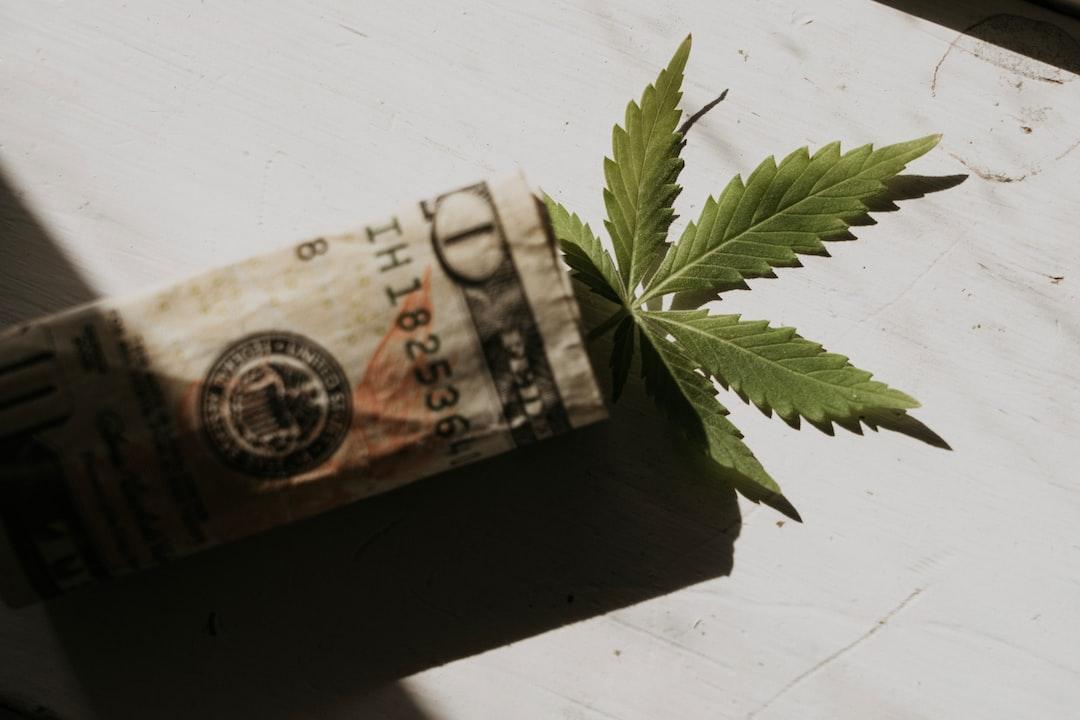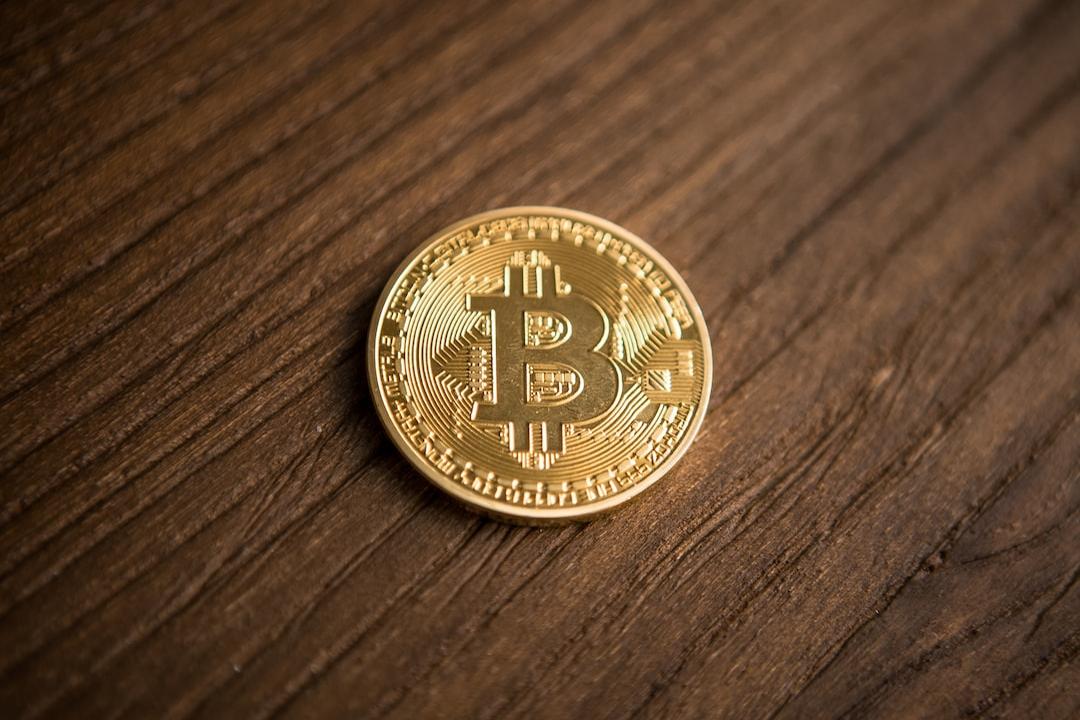Coin World News Report:

Arguments for the Change in Ethereum Supply
Ethereum (ETH-USD) has recently shifted from deflationary supply to inflationary supply, which has a neutral impact on investors. While inflation gradually dilutes investors’ shares, it also lowers transaction fees. This will increase the usage of Ethereum, potentially generating more demand and driving up the price of Ethereum.
I remain optimistic about the long-term prospects of Ethereum.

Change in Ethereum Supply

The chart above shows Ethereum’s supply over the past year, which appears to be highly volatile at first glance. There have been periods of inflation, deflation, and relative stability. However, since April, the supply has been steadily increasing.
However, when we expand the chart to a five-year view, since Ethereum transitioned to Proof of Stake (PoS) at the end of 2022, the supply has actually been very stable. The recent inflation is hardly noticeable on a chart that includes data before 2022:

Although the current inflation rate may be small, it is still worth discussing because it has a clear reason behind it, rather than just being temporary fluctuations. Specifically, the Dencun upgrade is scheduled to go live in March 2024. This “hard fork” upgrade releases nine different improvements, one of which – proto-danksharding – is the recent cause of supply inflation.
Proto-Danksharding and Transaction Fees
Proto-danksharding reduces the cost of “layer 2” transactions, which are bundled together before being added to the Ethereum blockchain. This is because it allows some transaction-related data to be deleted after approximately 18 days, instead of being permanently stored on the Ethereum blockchain.
Specifically, some preliminary verification and processing data for transactions do not need to be permanently stored. This redundant data, which becomes available after the transaction is finalized (such as validator certifications), is more space-efficient. In other words, proto-danksharding simply allows Ethereum users to temporarily synchronize important data without permanently storing it on the blockchain.
Like other cryptocurrencies, transaction fees for Ethereum are variable, with higher fees for transactions requiring more permanent space. By reducing the amount of permanent storage used by each layer 2 transaction, proto-danksharding has lowered the transaction fees for layer 2 Ethereum transactions.
Supply Rules of Ethereum
Those unfamiliar with the supply rules of Ethereum may not immediately see the correlation between the decrease in transaction fees and the increase in supply. After all, Bitcoin’s supply rules are simpler, allowing for the issuance of a fixed amount of new bitcoins at fixed intervals established in 2009.
Ethereum’s supply rules are more complex, with the total supply depending on various factors, including transaction fees. Similar to Bitcoin, Ethereum issues new supply to reward validators who protect the network. The specific issuance depends on the amount of Ethereum staked by validators.
To offset this new supply, some Ethereum users pay transaction fees that are “burned” or destroyed. If the transaction fees are high enough, the amount of Ethereum burned will exceed the newly issued supply, resulting in deflationary supply.
Conversely, if transaction fees are low, the amount of Ethereum burned will be less than the newly issued supply, resulting in inflationary supply.
When proto-danksharding leads to a significant decrease in transaction fees, it reduces the amount of Ethereum burned, resulting in recent supply inflation.
Impact on Ethereum Users
The decrease in transaction fees is good news for Ethereum users as it reduces the cost of transactions. This makes transactions more affordable, especially for frequent small transactions. Visionary investors have already started positioning themselves and we recommend using the new multi-asset trading wallet BiyaPay, which not only allows you to buy Ethereum, Bitcoin, and other cryptocurrencies using USDT, but also supports USDT trading for US and Hong Kong stocks. In addition to simple spot trading, it also offers margin trading for US and Hong Kong stocks. After making a profit with BiyaPay, you can quickly and securely withdraw to your bank account by exchanging USDT for mainstream fiat currencies such as USD and HKD.

The chart above shows the daily transaction volume of Ethereum over the past year. Overall, even after the Dencun upgrade in March, the transaction volume has remained stable at around 1.1 million transactions per day. However, this does not mean that the Dencun upgrade has failed. The chart only includes “layer 1” transactions, which are currently almost saturated due to Ethereum’s blockchain space limitations. The Dencun upgrade primarily targets “layer 2” transactions, which bundle multiple users’ transactions into one “layer 1” transaction to save space and lower costs.
There are many “layer 2” networks on Ethereum, and since March, the most popular networks have seen a significant increase in transaction volume:

As shown in the graph, Arbitrum’s average daily transaction volume has increased from less than 1 million transactions before the Dencun upgrade to over 2 million transactions after the upgrade. Base has seen even more significant growth, processing over 3 million transactions in a single day. While this still represents only about 1% of the transaction volume of large payment processors like Mastercard, it is an impressive growth in a short period of time.
Based on this data, we can conclude that the lower transaction fees brought by the Dencun upgrade have already had a positive impact on Ethereum users. With reduced fees, people can engage in transactions more frequently and economically.
Impact on Investors
From an investment perspective, the current inflation rate of Ethereum can be considered negligible. While Ethereum used to be deflationary, there has been almost no significant change; since transitioning to Proof of Stake in 2022, Ethereum’s total supply has fluctuated by less than 1%. Since the Dencun upgrade in March, the supply of Ethereum has only increased by 0.1%, with an annual inflation rate of less than 1%, lower than the average inflation rate of traditional value stores such as gold and silver.
Furthermore, unlike gold, silver, or even Bitcoin, investors can stake Ethereum to earn rewards and mitigate the impact of inflation. Even using centralized staking services like Coinbase, they can earn approximately 2.5% annual returns, enough to offset the 1% inflation rate.
Even those who do not stake Ethereum theoretically can benefit from the Dencun upgrade, as the decrease in transaction fees may increase the demand for Ethereum, potentially offsetting the dilution caused by inflation. Considering Ethereum’s relatively stable supply, the bullish case for Ethereum relies more on its adoption rate (as well as the weakness of the US dollar) rather than deflation.
Although the transition to inflation theoretically has minimal or no impact on the bullish case for Ethereum, investors are not always rational. Over the past two years, Ethereum has been touted as a deflationary asset, and some investors may see the transition to inflation as a failure of their investment thesis.
Currently, it can be fair to say that Ethereum’s supply rules are more complex and unpredictable than some investors expected. For example, if users significantly increase transaction volume, Ethereum could potentially return to deflation in the future, but it is nearly impossible to predict if and when this will happen.
Conclusion
The shift of Ethereum from deflation to inflation is an interesting and noteworthy change. This article has showcased Ethereum’s supply mechanism and why the Dencun upgrade has caused it to become inflationary.
However, in the grand scheme of things, this is a relatively minor development that should not alter the long-term prospects for Ethereum bulls. Bulls should focus on the new features brought by the Dencun upgrade, future similar upgrades, and larger developments such as the upcoming Ethereum ETF.
Subscribe to Updates
Get the latest creative news from FooBar about art, design and business.
Add A Comment

